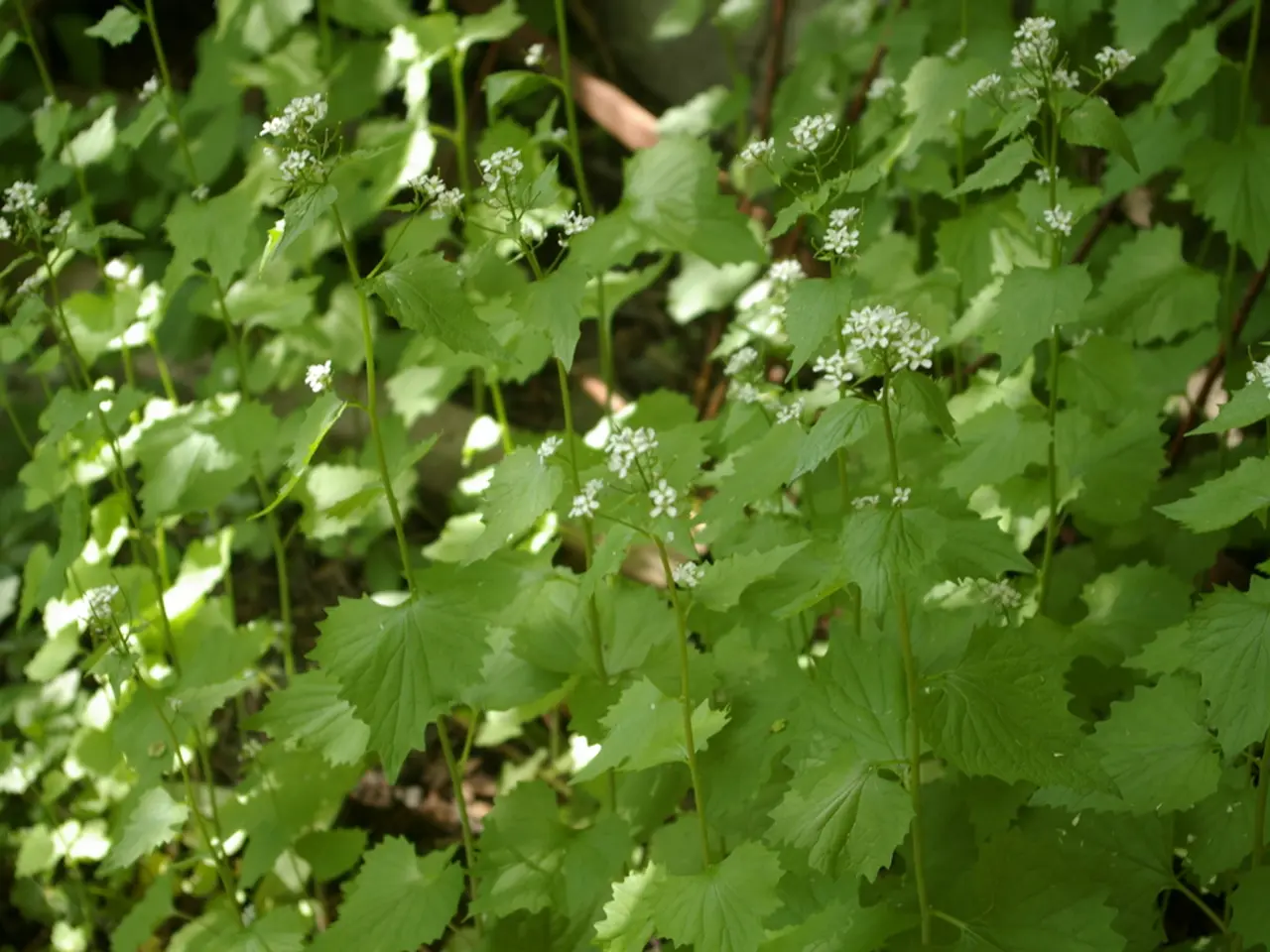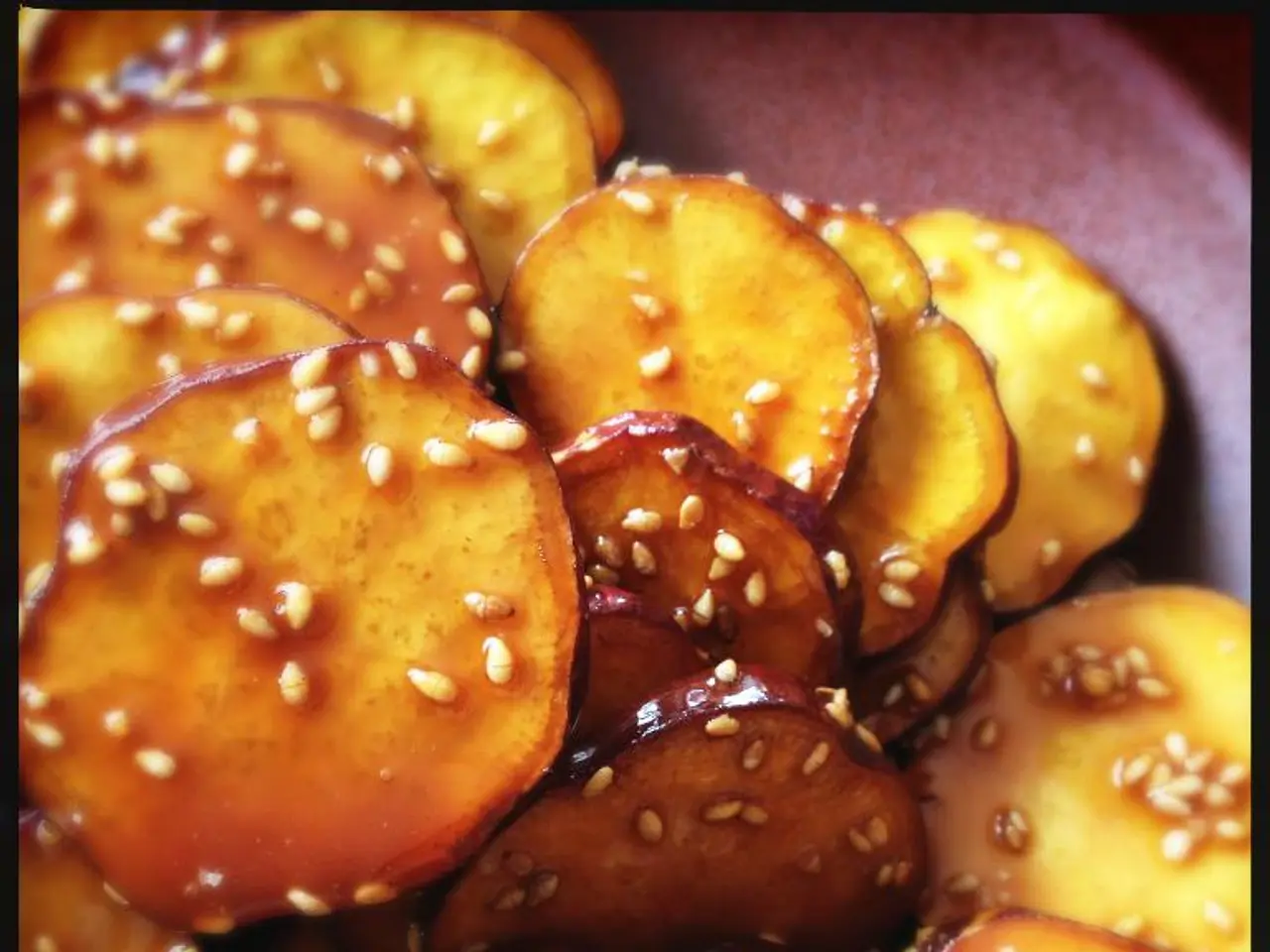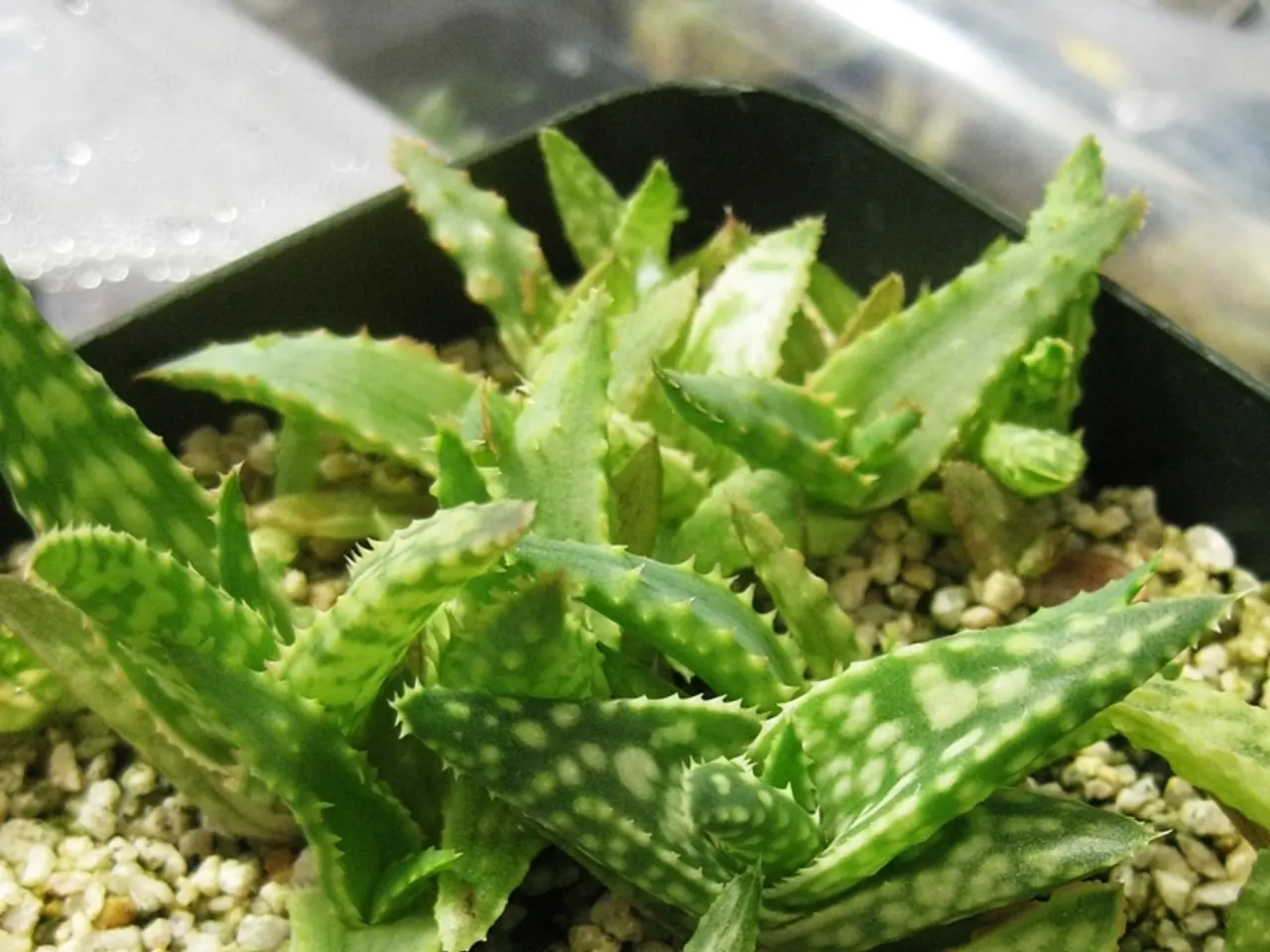Gathering Edible White Clover (Trifolium repens)
White Clover, a familiar sight in grassy areas, is not just a pretty addition to lawns and pastures. This low-growing herb, reaching only 8 to 10 inches tall, boasts a range of medicinal benefits and uses that extend beyond its edible qualities.
## Medicinal Benefits and Uses
White clover is renowned for its anti-inflammatory properties, helping to reduce inflammation and relieve symptoms of inflammatory conditions. It is often incorporated into topical preparations such as salves or poultices to soothe skin irritation, insect bites, rashes, and minor wounds.
Traditionally, the plant has been used to treat respiratory issues like colds, bronchitis, and laryngitis, often prepared as an infusion from the flowers. Infusions and poultices from white clover have also been used to help reduce fever and alleviate rheumatic pain.
White clover is believed to support digestive health, helping to relieve symptoms such as diarrhea and acting as a mild remedy for intestinal worms. Some herbal traditions use white clover as a gentle blood purifier and detoxifying agent, though scientific evidence for these effects is limited.
In addition, the leaves and flowers are commonly applied to the skin as a poultice for soothing minor wounds, bites, and rashes.
## Additional Notes
It's important to note that white clover should not be confused with wood sorrel, which has distinct but also beneficial properties. While both plants have trifoliate leaves, their medicinal and culinary uses differ.
White clover contains several essential vitamins and minerals, including vitamins A, B2, B3, C, and E, as well as magnesium, potassium, chromium, and calcium. Its main stems act as stolons, creeping along the ground and rooting at the nodes. Each flower head is composed of 40 to 100 florets that each have five petals.
White clover is edible; you can eat the stems, leaves, flowers, and seeds. However, it's advised to avoid white clover if you're taking blood thinners or hypertension medication or are scheduled for surgery.
In summary, white clover’s medicinal uses extend from anti-inflammatory and respiratory support to digestive health and topical skin treatments, making it a versatile herb in traditional and home remedies.
Herbal remedies derived from white clover, often employed in the realm of health-and-wellness, incorporate the plant's anti-inflammatory properties to relieve inflammatory conditions and soothe skin irritations. Additionally, the science behind white clover supports its traditional use as a respiratory aid, digestive relief, and detoxifying agent, though further research is needed to substantiate these claims fully.




